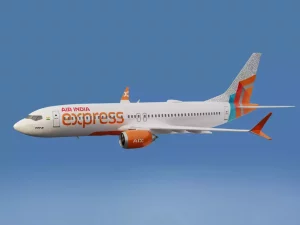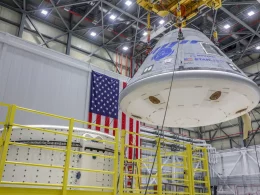In the wake of Tata Group’s acquisition of Air India, the aviation industry has been abuzz with anticipation and speculation. This historic takeover marked a significant shift in the trajectory of the Indian aviation sector, promising a new era for the beleaguered national carrier. However, recent events have thrown a wrench into Tata’s ambitious plans, as mass sick leave among Air India pilots and crew members has disrupted operations and raised questions about the effectiveness of the company’s overhaul efforts.
Background: Tata’s Acquisition of Air India
The acquisition of Air India by Tata Group marked a homecoming of sorts, as the airline was originally founded by the Tata family in 1932 before being nationalized in 1953. After decades of state ownership marked by inefficiency, mismanagement, and mounting debt, the Indian government’s decision to privatize Air India was widely seen as a crucial step toward revitalizing the struggling carrier. Tata’s successful bid for Air India was met with optimism, with promises of infusion of capital, operational expertise, and a fresh vision to steer the airline back to profitability and prominence.
Addressing the Immediate Crisis
In the immediate aftermath of the mass sick leave, Tata Group faces the daunting task of mitigating the impact on Air India’s operations and reputation. Swift action is paramount to minimize disruptions and reassure passengers, investors, and other stakeholders of the airline’s stability and resilience. This may involve deploying contingency plans, reallocating resources, and leveraging external partnerships to ensure continuity of service while addressing the underlying concerns of the workforce. Transparent communication and proactive engagement with employees will be critical in fostering trust, resolving grievances, and restoring confidence in Tata’s leadership and vision for Air India.
Long-Term Strategies for Success
Looking ahead, Tata’s overhaul of Air India must encompass comprehensive strategies to address systemic issues, enhance competitiveness, and drive sustainable growth. This includes optimizing fleet utilization, streamlining operations, and enhancing customer experience to regain market share and profitability. Investing in talent development, innovation, and technology will be essential to modernize Air India’s operations and meet evolving passenger expectations. Moreover, fostering a culture of accountability, empowerment, and collaboration will be vital in aligning the workforce behind Tata’s vision and driving organizational excellence. By prioritizing long-term value creation over short-term gains, Tata can position Air India for success in a fiercely competitive and rapidly evolving aviation landscape.
Challenges Faced by Tata
However, Tata’s ambitious plans for Air India have hit a roadblock with the recent wave of mass sick leave among its pilots and crew members. The sudden surge in absenteeism has led to widespread flight cancellations, delays, and disruptions, dealing a severe blow to the airline’s reputation and financial stability. The timing of this crisis couldn’t be worse, coming on the heels of Tata’s takeover and amid heightened scrutiny from passengers, industry analysts, and stakeholders.
Analysis of the Situation
The mass sick leave among Air India employees underscores the deep-rooted challenges facing the airline and the formidable task ahead for Tata Group. Several factors may have contributed to this crisis, including:
- Labor Unrest: The transition from state ownership to private management has inevitably led to apprehensions and grievances among Air India employees regarding job security, working conditions, and benefits. The sudden surge in sick leave could be seen as a form of protest or expression of discontent among the workforce.
- Operational Disruptions: The integration of Air India into Tata’s corporate structure and operational framework may have led to temporary disruptions and uncertainties, impacting employee morale and productivity. Adjusting to new protocols, policies, and management styles could have created friction and resistance among certain segments of the workforce.
- Cultural Integration: Merging the distinct cultures, values, and practices of Tata and Air India presents a formidable challenge, requiring careful navigation and effective communication. Misalignment of expectations, leadership styles, and organizational dynamics could exacerbate tensions and undermine employee engagement and commitment.
Comparative Analysis Table
| Factors | Impact on Tata’s Overhaul Efforts |
|---|---|
| Labor Unrest | Heightens employee dissatisfaction and resistance, undermines operational stability and efficiency. |
| Operational Disruptions | Leads to flight cancellations, delays, and customer dissatisfaction, tarnishing Air India’s reputation and financial performance. |
| Cultural Integration | Presents challenges in aligning values, fostering collaboration, and building a cohesive organizational culture, impacting employee morale and productivity. |
Conclusion
The recent wave of mass sick leave among Air India employees represents a significant setback for Tata Group’s ambitious overhaul efforts. Addressing the underlying causes of this crisis will require a multifaceted approach, encompassing proactive engagement with employees, transparent communication, and decisive action to restore confidence and stability. As Tata navigates these challenges, the successful turnaround of Air India remains contingent on its ability to overcome internal resistance, foster a culture of collaboration and innovation, and deliver on its promise of revitalizing the national carrier. Only time will tell whether Tata’s vision for Air India will soar to new heights or be grounded by the complexities of the aviation industry.











